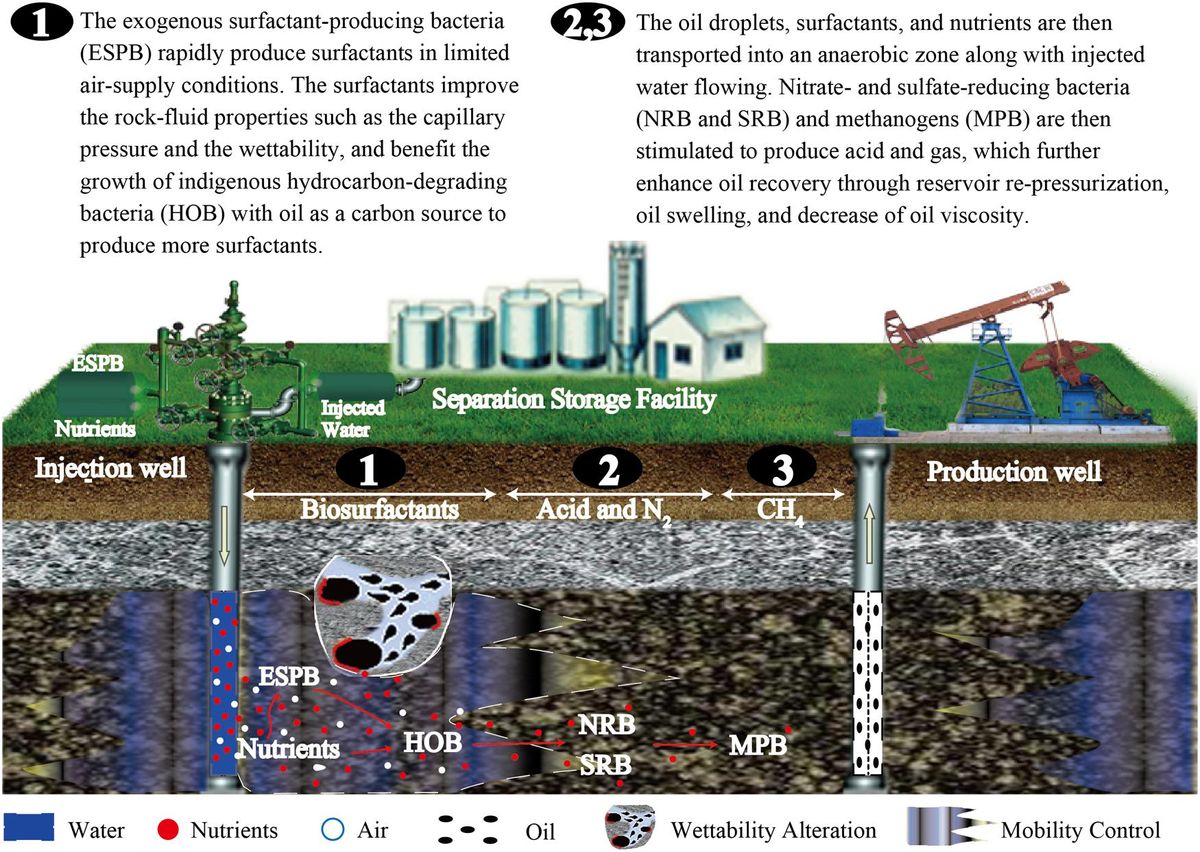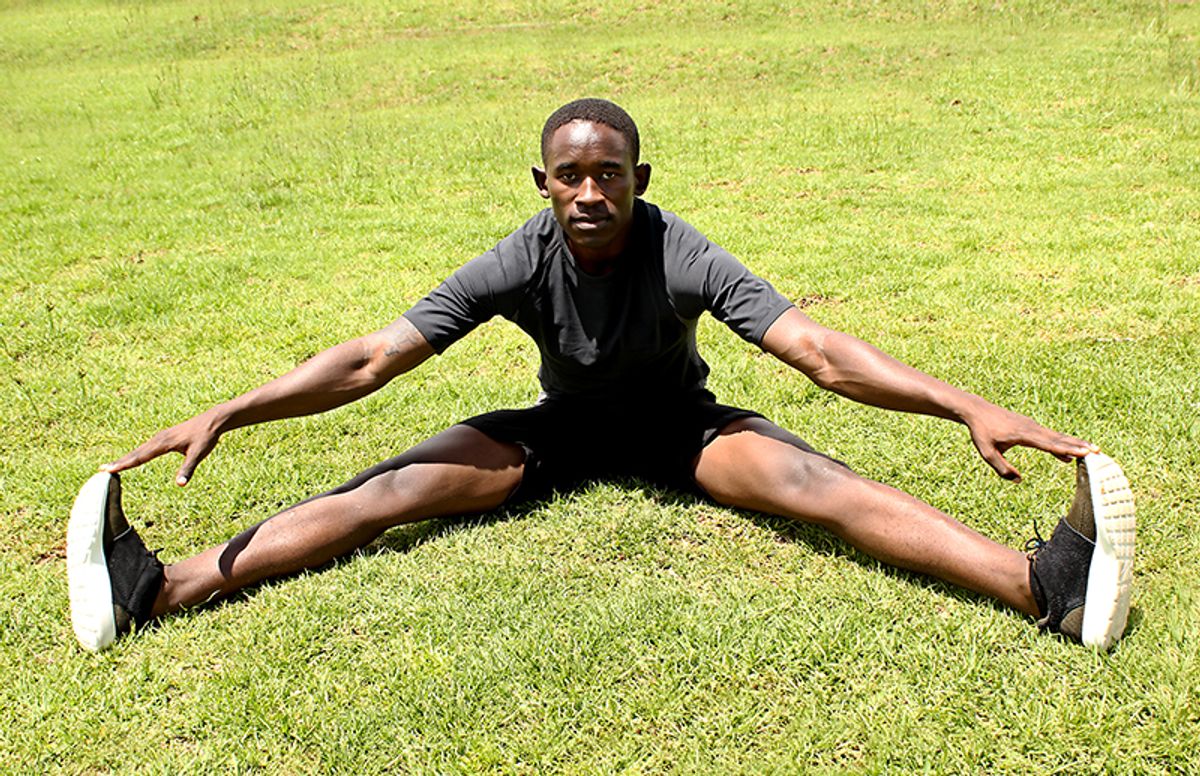
Post-Exercise Revival: The Best Recovery Methods After a Workout
Soothing Your Muscles: Top Recovery Techniques

The Magic of Foam Rolling
Ever wondered why foam rolling feels like a painful kind of heaven? It's all about myofascial release, folks. Foam rolling works by applying pressure to specific points on your body, aiding in the recovery of muscles and assisting in returning them to normal function. Normal function means your muscles are elastic, healthy, and ready to perform at a moment's notice.
Foam rolling isn't just a trend; it's a science-backed method to reduce soreness and improve muscle recovery. Here's a quick guide on how to do it right:
- Find a tender spot in your muscle
- Gently apply pressure with the foam roller
- Hold for 30 to 60 seconds
- Roll slowly around the area to massage the tissue
Remember, consistency is key. Regular foam rolling post-workout can greatly reduce the risk of injury and keep you moving smoothly.
While it might seem like a small addition to your routine, the benefits are huge. Make it a habit, and your muscles will thank you for the extra TLC!
Stretch It Out: Why Flexibility Matters
After a grueling workout, your muscles are like a tightly wound spring, ready to snap at the slightest provocation. Stretching is the key to releasing that tension, restoring your muscles to their natural length, and preventing injury. It's not just about touching your toes; it's about giving your body the care it needs to recover and prepare for the next challenge.
Flexibility isn't just for gymnasts and yogis. It's a crucial component of overall fitness that can enhance your range of motion, improve your performance, and even make everyday movements easier. Here's a quick rundown of the benefits:
- Increased range of motion
- Reduced risk of injury
- Enhanced muscular coordination
- Improved posture and balance
Remember, stretching should never be painful. It's about finding the edge of your comfort zone and gently pushing beyond it, not forcing your body into unnatural positions.
Incorporating a variety of stretches into your post-workout routine can target different muscle groups and ensure a comprehensive recovery. From static stretches that you hold for several seconds to dynamic movements that prepare your muscles for the next workout, each type plays a vital role in your recovery toolkit.
Cold Showers vs. Hot Baths: The Temperature Debate
Ever stepped into an ice-cold shower after a grueling workout? Or maybe you're the type to sink into a steamy bath instead. The debate between cold showers and hot baths is a hot topic in the world of post-exercise recovery. Each has its champions and its science-backed benefits, but what's the best for you?
Cold showers are said to reduce inflammation, numb pain, and invigorate your senses, potentially leading to faster recovery times. On the flip side, hot baths can relax sore muscles, improve circulation, and help you unwind after intense physical exertion.
-
Cold Showers: Pros and Cons
- Reduces inflammation
- Numbs pain
- Invigorates senses
-
Hot Baths: Pros and Cons
- Relaxes muscles
- Improves circulation
- Aids in relaxation
The choice might come down to personal preference or specific fitness goals. Some athletes even swear by alternating between the two, known as contrast water therapy, to get the best of both worlds. Experiment to find what feels right for your body and recovery needs.
Refueling the Tank: Optimal Post-Workout Nutrition

Protein Power: What to Eat for Muscle Repair
After you've crushed your workout, it's time to give your muscles the TLC they deserve. Protein is the building block of muscle repair, so getting enough of it post-exercise is crucial for recovery. But not all proteins are created equal. Aim for high-quality, complete proteins that contain all the essential amino acids your body needs.
Chicken, fish, tofu, and legumes are all stellar choices. If you're on the go, a protein shake or a Greek yogurt can do the trick. Here's a quick rundown of some top protein picks:
- Grilled chicken breast
- Canned tuna (in water)
- Black beans
- Cottage cheese
Remember, the goal is to refuel within 45 minutes to an hour after your workout. This is when your muscles are most receptive to nutrients and repair can begin in earnest.
Portion sizes matter too. A general rule of thumb is to aim for 20-30 grams of protein after your workout. But hey, we're all different, so listen to your body and adjust as needed.
Hydration Nation: The Importance of Water and Electrolytes
After pushing your limits with a killer workout, your body is screaming for replenishment. Water isn't just a thirst-quencher; it's the lifeblood of your recovery process. Every cell in your body needs it to function, especially when it comes to repairing those hard-worked muscles.
But it's not just about guzzling H2O. Your sweat isn't just water; it's a cocktail of electrolytes that your body needs to maintain a delicate balance. Replacing these is crucial, and it's not something that water alone can fix. Here's a quick breakdown of the key players:
- Sodium: Helps regulate fluids and blood pressure.
- Potassium: Essential for muscle function.
- Magnesium: Involved in over 300 biochemical reactions in the body.
- Calcium: Vital for muscle contractions and nerve signaling.
Remember, the goal is to restore what's lost, not to overdo it. Too much water can dilute your electrolyte levels, leading to a condition called hyponatremia. So, balance is key!
Finding the right mix of hydration and electrolyte replacement can be a game-changer for your recovery. Whether it's through electrolyte-rich drinks, natural foods like bananas and avocados, or even a pinch of salt in your water, make sure you're giving your body what it needs to bounce back.
Snack Smart: Timing and Choices for Peak Recovery
Nailing the post-workout snack isn't just about what you eat, but also when you eat it. Timing is crucial; aiming to refuel within 45 minutes after your workout can significantly enhance recovery. This is the golden window when your muscles are most receptive to nutrients and ready to begin the repair process.
Choosing the right snack is equally important. You want a mix of protein for muscle repair and carbohydrates to replenish energy stores. Here's a quick list of smart snack options:
- Greek yogurt with berries
- A banana with almond butter
- Whole grain toast with avocado and poached egg
Remember, the goal is to provide your body with what it needs to recover without overdoing it. A snack that's too heavy can slow you down, so keep it light and balanced.
Don't forget hydration! Water is essential, but after intense workouts, you might need an extra electrolyte boost. Consider coconut water or a sports drink to replenish those vital minerals.
Catch Those Zzz's: The Role of Sleep in Recovery

Understanding Sleep Cycles and Muscle Healing
When it comes to muscle recovery, never underestimate the power of a good night's sleep. Sleep is when the magic happens; it's the time your body goes into overdrive repairing and rebuilding muscle fibers stressed during exercise. Different sleep stages contribute uniquely to this process, with deep sleep being particularly crucial for physical restoration.
Sleep cycles typically last about 90 minutes, cycling through stages of light sleep, deep sleep, and REM (rapid eye movement) sleep. It's during the deep stages that growth hormone is released, facilitating muscle repair and growth. Here's a quick rundown of what happens during each stage:
- Light Sleep: Your body begins to relax, and recovery processes kick off.
- Deep Sleep: Growth hormone surges, and significant muscle healing occurs.
- REM Sleep: The brain consolidates learning and memories, which can be vital for skill-based sports.
Remember, consistency is key. Aim for 7-9 hours of quality sleep each night to ensure your muscles have ample time to heal and strengthen. Shortchanging your sleep can shortchange your recovery and performance.
While you can't control the sleep stages directly, you can set the stage for them. Stick to a regular sleep schedule, create a restful environment, and avoid stimulants before bedtime to maximize your chances of a restorative slumber.
Nap Time: Short Sleep Sessions for Quick Recovery
Ever felt like a quick snooze could do wonders after a grueling workout? Well, you're not wrong. Power naps can significantly enhance muscle recovery, giving your body a brief yet effective period of rest. But not all naps are created equal. Aim for a 20-30 minute doze to avoid grogginess and maximize rejuvenation.
Timing is everything when it comes to napping. To get the most out of these short sleep sessions, consider the following tips:
- Schedule your nap about 1-2 hours post-workout for optimal recovery.
- Keep it short and sweet – under 30 minutes to prevent sleep inertia.
- Create a restful environment, minimizing noise and light.
Remember, the goal is to emerge from a nap feeling refreshed, not more tired. So set an alarm, find a comfy spot, and let your body heal.
While naps can't replace a good night's sleep, they're a fantastic supplement for athletes with packed schedules. Think of them as a pit stop for your body – a little pause that can boost your overall performance.
Creating the Perfect Sleep Environment for Athletes
After pushing your limits during a workout, your body deserves a sanctuary for recovery. Creating the perfect sleep environment is crucial for athletes to ensure they're getting the quality rest needed to repair and strengthen muscles. Think of your bedroom as a recovery room; it should be a temple of tranquility.
To achieve this, start with the basics: a comfortable mattress and pillows that support your body's natural alignment. The room should be as dark as possible—consider using blackout curtains or a sleep mask. Noise can be a sleep thief, so if you can't control the sound environment, earplugs or a white noise machine might be your new best friends.
Temperature plays a key role in sleep quality. Most experts agree that a slightly cool room, around 65°F (18°C), is optimal for sleeping. Here's a quick checklist to help you dial in the right atmosphere:
- Mattress and Pillow: Invest in quality that supports your sleep posture.
- Darkness: Blackout curtains or a sleep mask to block out light.
- Silence or Soothing Sounds: Earplugs or a white noise machine to manage noise.
- Temperature: Keep the room cool, ideally around 65°F (18°C).
Remember, the goal is to minimize disruptions and maximize comfort. Your sleep environment is a key player in your recovery game plan. Make it a priority to set it up for success.
Mind Matters: Mental Recovery Techniques

Meditation and Mindfulness for Physical Restoration
After pushing your limits with a grueling workout, your body isn't the only thing that needs to recover—your mind does too. Meditation and mindfulness can be game-changers in the world of athletic recovery. By focusing on the present moment and calming the mind, athletes can reduce stress levels, which in turn can lead to a more effective physical recovery.
Benefits of meditation include improved focus, better sleep quality, and a decrease in muscle tension. Here's a quick rundown of how to get started:
- Find a quiet space where you won't be disturbed.
- Sit or lie down in a comfortable position.
- Close your eyes and take deep, slow breaths.
- Focus on your breath or a mantra to keep your mind from wandering.
- Start with 5 minutes a day and gradually increase the duration.
Remember, consistency is key. Making meditation a regular part of your recovery routine can amplify the benefits you'll experience.
While it might seem like a small addition to your post-workout regimen, the impact of mindfulness on recovery is substantial. It's not just about physical rest—giving your brain a break is just as crucial. So next time you finish a set of deadlifts or sprints, consider sitting down for a few minutes of quiet reflection. Your body and mind will thank you.
The Power of Visualization in Post-Workout Recovery
Ever imagined crossing the finish line with a new personal best? That's the power of visualization at work. Athletes across the board use this technique to enhance their recovery and performance. By mentally rehearsing their sport, they can reduce stress, improve focus, and even potentially increase strength.
Visualization isn't just daydreaming; it's a structured practice that can take your recovery to the next level. Here's a simple way to get started:
- Find a quiet space where you won't be disturbed.
- Close your eyes and take deep breaths to relax your body.
- Picture yourself performing at your peak, focusing on the sensations, emotions, and movements.
- End the session with a few moments of gratitude for your body's hard work.
Remember, the mind is a powerful tool in recovery. Consistent visualization can create neural patterns that prime your muscles for real-life action.
While it might seem a bit 'out there', the benefits of visualization are backed by science. It's not a magic pill, but when combined with physical training and proper recovery techniques, it can give you that extra edge.
De-stressing Strategies: Keeping Your Cool After Intense Training
After pushing your limits, it's crucial to bring your stress levels down to ensure a full recovery. Cooling down mentally is just as important as cooling down physically. Taking the time to de-stress can help prevent burnout and improve overall performance.
De-stressing isn't a one-size-fits-all solution; it's about finding what works for you. Here's a quick list of strategies that might help:
- Deep breathing exercises
- Listening to calming music
- Reading a book or engaging in a hobby
- Spending time in nature
Remember, the goal is to shift your mind away from the intensity of the workout and into a state of relaxation.
Experiment with these techniques to find your personal sanctuary after a workout. The right strategy can make a world of difference in your recovery process.


